Proteins are essential molecules that play a vital role in maintaining cell structure, supporting immune function, enabling movement, facilitating chemical reactions, and producing hormones. These proteins are made from amino acids, nine of which are essential, meaning the body cannot produce them and must get them from food sources.In addition to supporting overall health, protein helps keep you feeling full and satisfied, making it a key element for maintaining a healthy weight. The recommended dietary allowance (RDA) for protein is 0.36 grams per pound of body weight (0.8 grams per kilogram), which meets the minimum requirement for basic bodily functions.Here are 10 protein-packed foods you can incorporate into your diet:
Eggs packed with protein
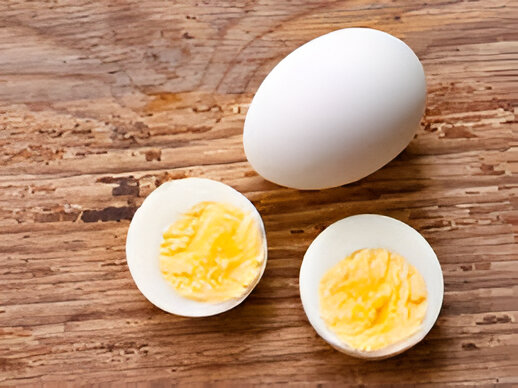
Eggs are a protein-packed powerhouse full of vitamins, minerals, healthy fats, and antioxidants. While egg whites contain mostly protein, whole eggs (with the yolk) provide extra nutrients, including essential vitamins and healthy fats.
Protein Content: One large egg (50 g) has 6.3 g of protein.
Almonds packed with protein
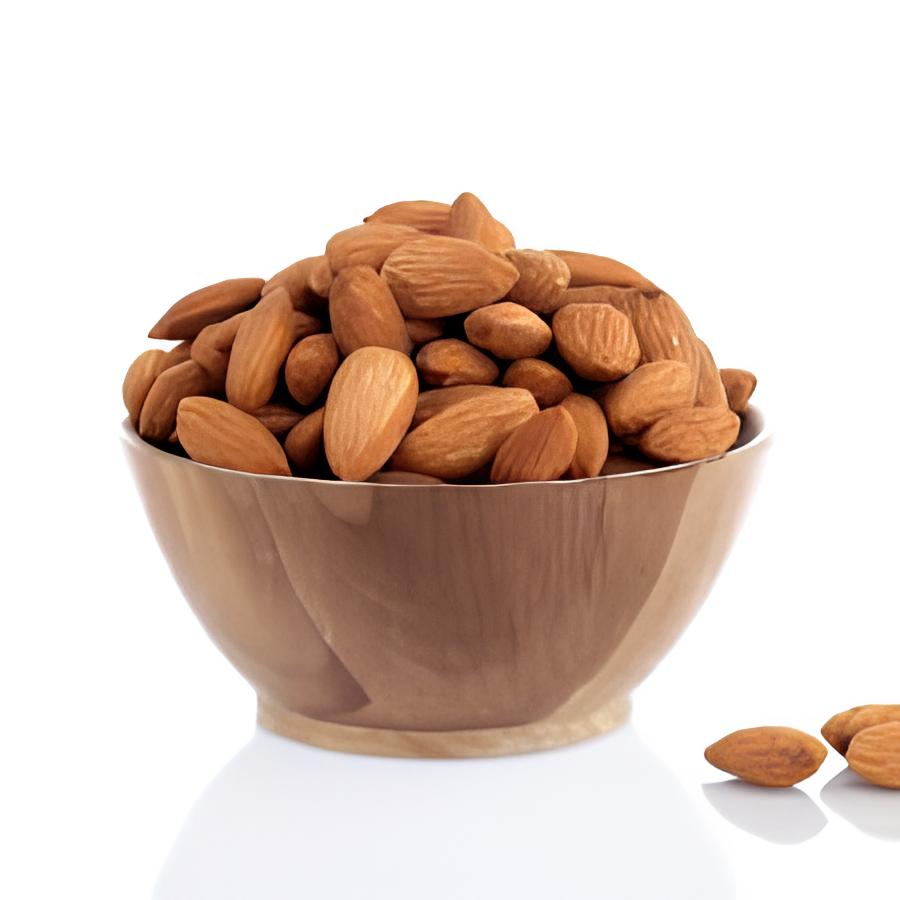
These protein rich nuts are rich in fiber, vitamin E, magnesium, and manganese. Almonds may also help reduce heart disease risk by lowering LDL cholesterol and blood pressure.
Protein Content: One ounce (28.35 g) provides 6 g of protein.
Other High-Protein Nuts: Pistachios have 5.73 g per ounce, and cashews provide 4.34 g.
Chicken Breast packed with protein
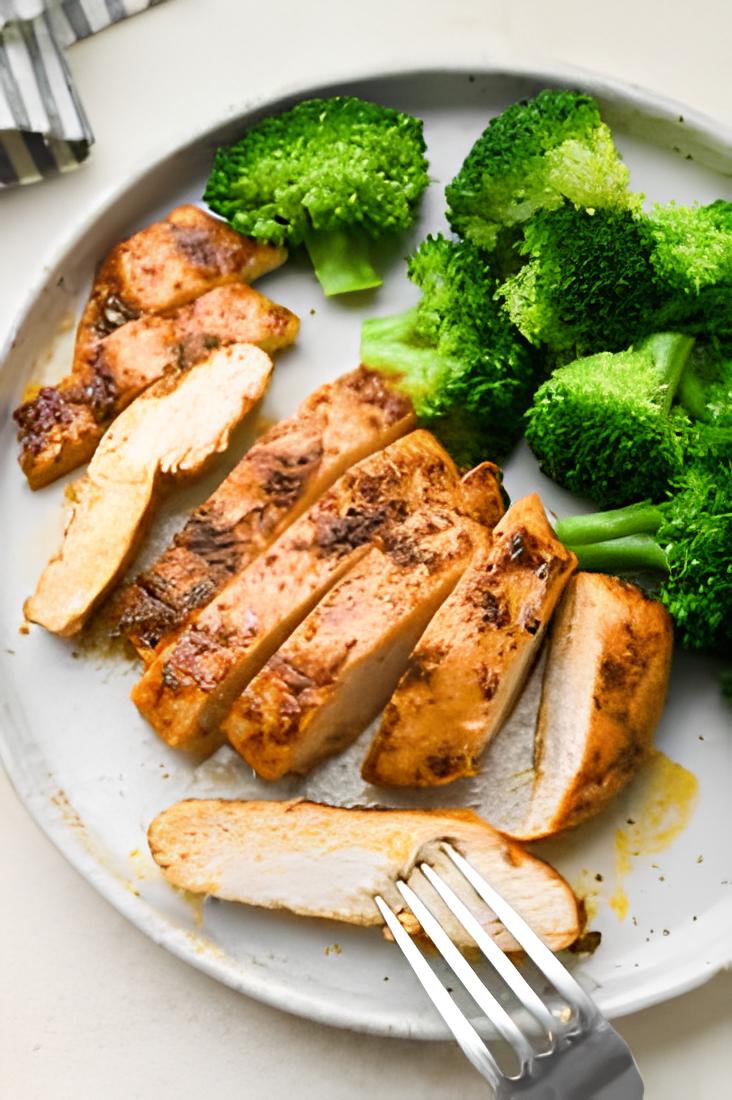
A classic source of protein, chicken breast is not only protein-packed but also a great source of B vitamins, zinc, and selenium, making it a versatile and nutritious food.
Protein Content: Half a chicken breast (86 g) contains 26.7 g of protein.
Milk packed with protein

Dairy milk is full of essential nutrients, including high-quality protein, calcium, and riboflavin, making it a great option for most people. Those with lactose intolerance may seek alternatives.
Protein Content: One cup (246 mL) offers 8.32 g of protein.
Lentils packed with protein

These plant-based protein-packed legumes are also rich in fiber, folate, magnesium, and iron. Regularly eating lentils may lower the risk of heart disease and fatty liver disease.
Protein Content: 100 g of cooked lentils provides 9.02 g of protein.
Other Legumes: Chickpeas offer 7.05 g, and black beans deliver 8.86 g per 100 g cooked.
Fish

Fish is another protein rich food that’s also high in iodine, selenium, and omega-3 fatty acids, promoting heart and brain health.
Protein Content: Half a salmon fillet (124 g) contains 30.5 g, while a cod fillet (180 g) has 41 g of protein.
Quinoa packed with protein
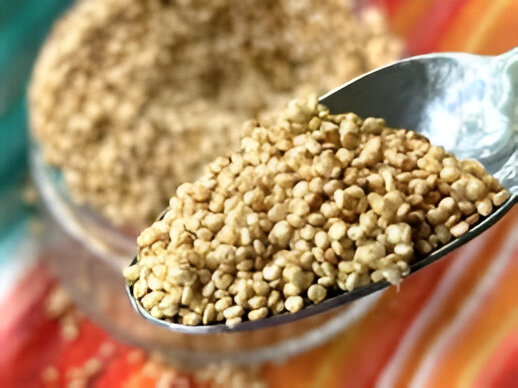
Quinoa is rich in fiber and minerals, and it’s considered a protein powerhouse since it contains all nine essential amino acids.
Protein Content: One cup (185 g) of cooked quinoa provides 8 g of protein.
Pumpkin Seeds
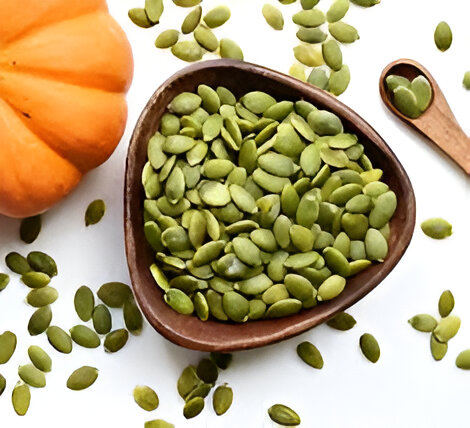
Pumpkin seeds are a protein-packed snack, rich in magnesium, iron, and zinc. Add them to salads, oatmeal, or baked goods for a nutritional boost.
Protein Content: A 1/4 cup (29.5 g) provides 8.8 g of protein.
Other Seeds: Sunflower seeds have 7.25 g, and flaxseeds provide 7.5 g per 1/4 cup.
Cottage Cheese

This low-fat, high-protein cheese is loaded with calcium, phosphorus, selenium, vitamin B12, and riboflavin is a delicious protein sources.
Protein Content: One cup (226 g) offers 28 g of protein.
Other Cheeses: Cheddar has 3.96 g per 17-g slice, and mozzarella provides 6.29 g per ounce.
Greek Yogurt
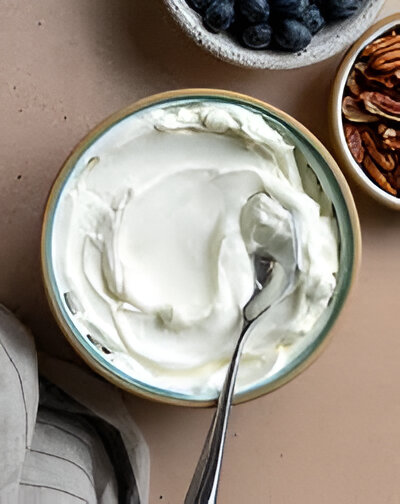
Thick and creamy, Greek yogurt is packed with protein, calcium, vitamin B12, and zinc.
Protein Content: A 7-ounce (200 g) container delivers 19.9 g of protein.
What Foods Are High in Protein?
Foods rich in protein include lean meats, poultry, seafood, eggs, dairy products like Greek yogurt and cheese, as well as plant-based options like beans, lentils, tofu, nuts, seeds, and soy products.
How Can I Consume 100–150g of Protein Daily?
To reach 100–150g of protein per day, incorporate protein-rich foods into each meal. Examples include:
Animal-based: Chicken breast, turkey, salmon, eggs, or Greek yogurt.
Plant-based: Lentils, tofu, edamame, chickpeas, and peanuts.
Pairing diverse sources ensures you meet your protein goals while maintaining variety in your diet.
Why are proteins important for the body?
Proteins are essential for maintaining cell structure, supporting immune function, enabling movement, facilitating chemical reactions, and producing hormones. They also help keep you feeling full, aiding in weight management.
What is the recommended dietary allowance (RDA) for protein?
The RDA for protein is 0.36 grams per pound of body weight (0.8 grams per kilogram), representing the minimum amount needed to meet basic bodily functions.
Which food is considered a complete protein and why?
Quinoa is considered a complete protein because it contains all nine essential amino acids.

